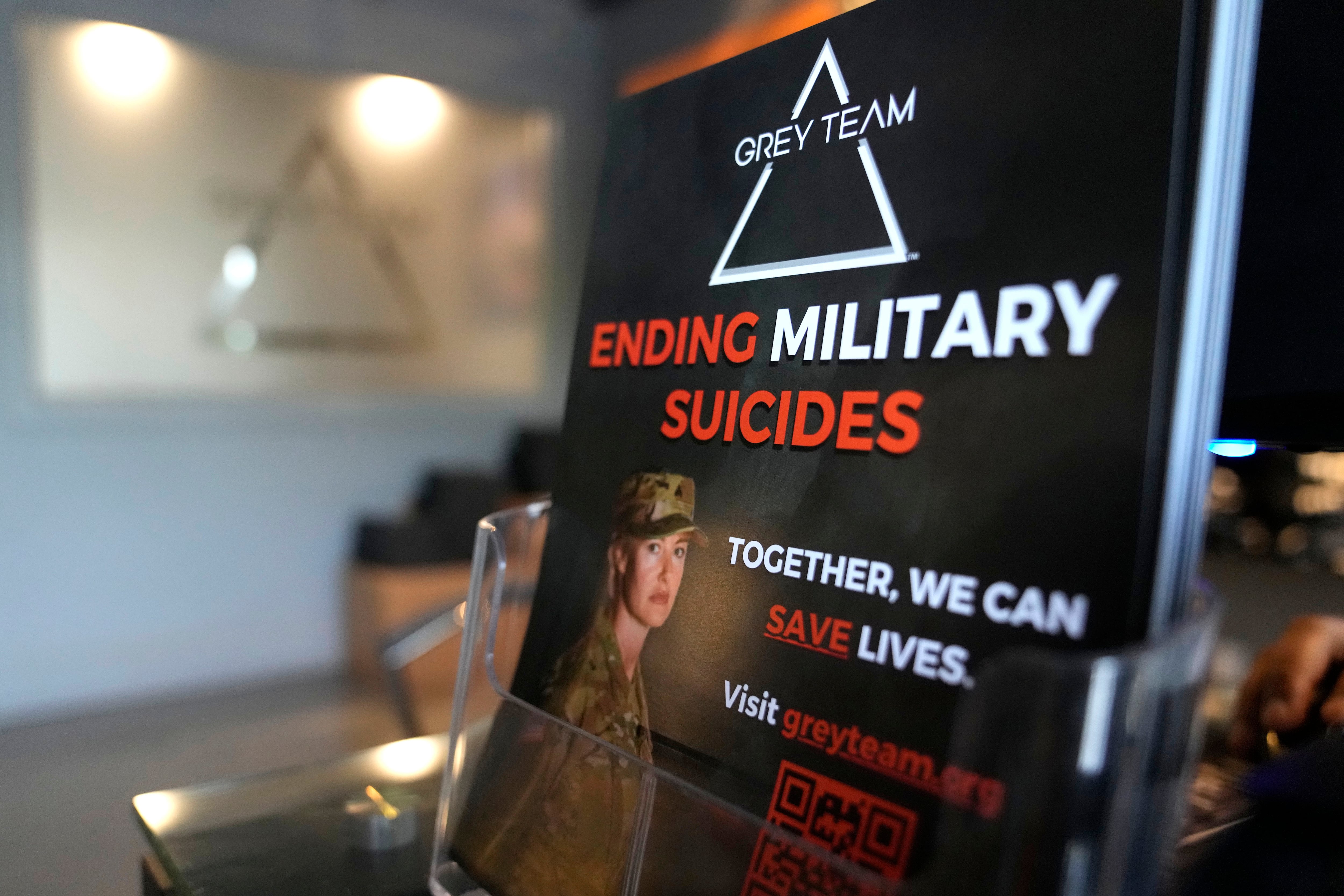ORLANDO, Fla. — Lockheed Martin has developed an F-35 trainer with less hardware that could see the U.S. and partner countries expand their training capacity for less cost.
The company unveiled the F-35 Mission Rehearsal Trainer Lightning Integrated Training Environment, or MRT LITE, simulator at the annual Interservice/Industry Training, Simulation and Education Conference. The reveal follows about 18 months of development and demonstrations with F-35 program customers, Erik Etz, senior manager of new business, strategy and road maps, told reporters Nov. 30.
Etz said the F-35 Full Mission Simulator, which is set up in a dome with 360-degree visuals for a full cockpit experience, is the most widely used F-35 training system, with more than 100 trainers delivered across the globe.
MRT LITE runs the same software in a pared-down footprint — 90% less hardware, the company noted, with eight MRT LITEs fitting within the allotted space of a full mission simulator.
The LITE version has three screens for forward-looking views only, “but there’s a need for more capacity at a number of those [global training] sites. So based on that need, we decided to go ahead and embark some internal investments to shrink the footprint associated with the full-mission sim and created a device, a family of devices, that will provide capacity at fixed sites,” Etz said.
In addition to the reduced views, the smaller version excludes some switches and other interfaces needed for emergency-only procedures, among other changes. But Etz, a former U.S. Navy fighter pilot, said the trainer covers 75% of the F-35 mission set, including all the beyond-visual-range tasks at the heart of fifth-generation fighter missions.
“Basically, our customers are asking for something portable, something affordable and something that’s got a smaller footprint. So this option really supplies that to them, all of it,” Raashi Quattlebaum, vice president of F-35 training and logistics, told reporters during the briefing.
She added that the trainer was designed based on customers’ requirements and needs, and that Lockheed doesn’t expect to have to do much convincing when it comes time to sell the trainer to the U.S. Air Force, Navy and Marine Corps as well as international customers of the jet.
Etz said the trainer is fully modular and can be broken down and reassembled within hours, contributing to customers’ portable requirement. He envisions this trainer not only supplementing the full dome trainers at established sites but also being set up in trailers at ports and airfields on demand, or even being set up on aircraft carriers for training during deployments.
The company wouldn’t comment on the cost of the system, nor would it detail the timeline for completing development and beginning to get contracts signed, but Etz said he hopes to wrap up final development soon. The system is already running all the unclassified software but needs additional integration to run the classified software.
He added that a customer could buy “a number of these” for the cost of one original MRT, and that Lockheed is talking to the F-35 Joint Program Office and customers about getting these smaller trainers on contract quickly, whether through a new contract or a modification to existing F-35 deals.
Megan Eckstein is the naval warfare reporter at Defense News. She has covered military news since 2009, with a focus on U.S. Navy and Marine Corps operations, acquisition programs and budgets. She has reported from four geographic fleets and is happiest when she’s filing stories from a ship. Megan is a University of Maryland alumna.





